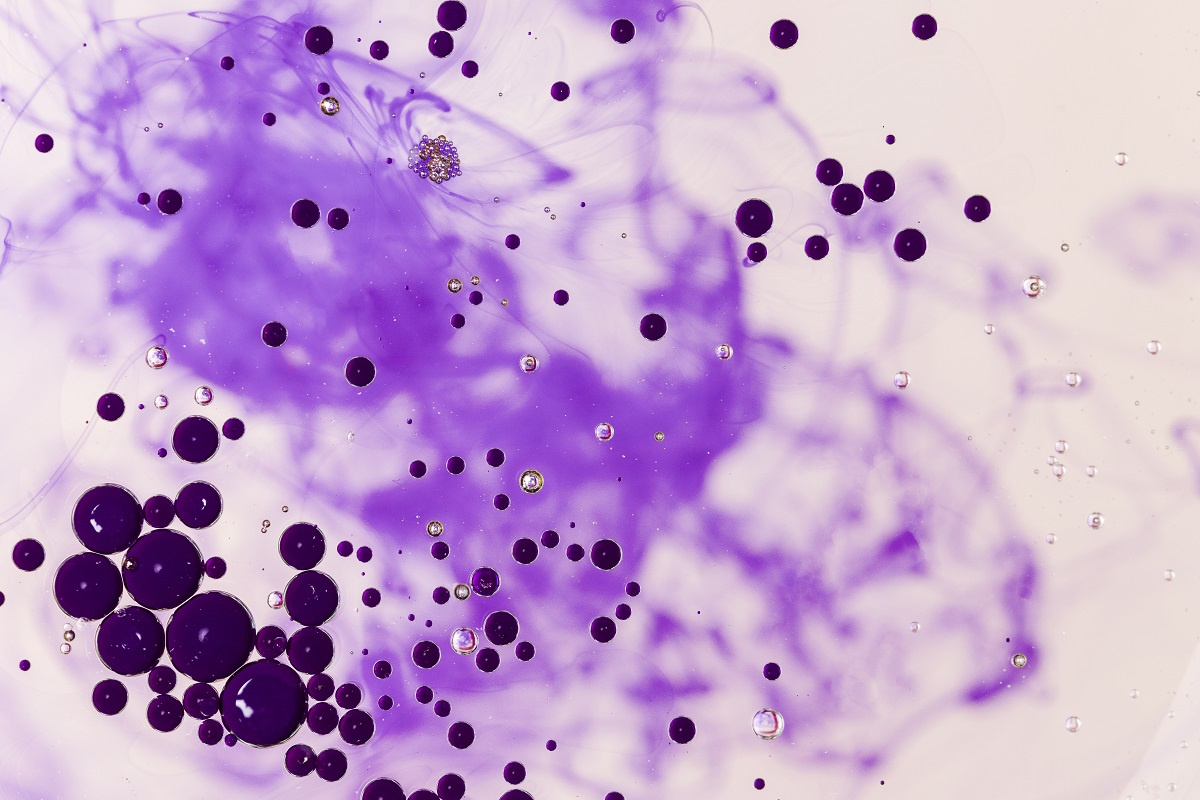KEY TAKEAWAYS
- The COBRA phase 2 trial aimed to assess the efficacy of early FDG-PET/CT in adapting and minimizing toxicity post-multiagent chemo regimens.
- The primary endpoint was mPFS.
- Adjusting treatment based on early FDG-PET/CT scans enhanced efficacy in pts with cHL post-multiagent chemo.
Brentuximab and vedotin had demonstrated improved efficacy and acceptable safety in classical Hodgkin lymphoma (cHL) in patients (pts) who already recieved traditional chemotherapy (chemo).
ECHELON-1 trial’s data for cHL pts under 60 years old, revealed a 3-year progression-free survival (PFS) rate of 87.2% for Positron Emission Tomograph (PET)2 negative pts and 69.2% for PET2 positive pts, regardless of early PET results.
Further, Early FDG-PET response-adapted therapy is established as standard practice with conventional chemo for advanced-stage cHL. However, its effectiveness when integrated into novel, targeted regimens remains uncertain, necessitating further investigation.
Martin Hutchings and the team evaluated a single-arm phase II study where the modified progression-free survival (mPFS) rate at 2 years from the start of treatment (2y mPFS) served as the primary endpoint. Failures in this context were defined as progression or relapse, initiation of new treatment due to incomplete response at the end of treatment, or death.
All pts were administered one cycle of brentuximab vedotin, doxorubicin, vinblastine, and dacarbazine (A-AVD) followed by an early interimPET/Computed Tomography (CT) scan (PET1), which was centrally reviewed in real-time. PET results were assessed according to the Lugano criteria, with Deauville scores of 1-3 considered negative and scores of 4 and 5 considered positive. pts who tested PET1-negative received an additional five cycles of A-AVD, while PET1-positive pts switched to and completed six cycles of BrECADD. Radiotherapy was administered solely to pts with residual PET positivity after chemo.
About 150 pts were enrolled, with a median age of 32 years (range: 18-60) and 54% being male. The distribution of Ann Arbor clinical staging among participants was as follows: IIB (15%), IIIA (11%), IIIB (15%), IVA (23%), and IVB (37%). Following one cycle of A-AVD, PET1 results showed that 90 pts (60%) had negative scans while 60 pts (40%) had positive scans; all but 4 proceeded with the allocated treatment as per protocol.
The results showed that the 94% of pts completed the planned chemo regimen, and radiotherapy was administered to 9 pts based on residual disease at the end of chemo. Adverse events (AEs) were reported by all pts during treatment, with 63% experiencing grade 3-4 events and 55% reporting treatment-related adverse events (TRAEs) of the same grade. Serious AEs were reported in 30% of pts, but there were no grade 5 AEs.
Total 145 pts who were eligible for efficacy evaluation, continued the allocated treatment after PET1, the complete metabolic response rate at the end of treatment was 91.0% (95% CI: 85.2-95.1%). 16 pts experienced an mPFS event, and there were no deaths recorded during the trial. The estimated rate of mPFS at 2 years was 89.5% (80% 2-sided exact CI: 85.7-92.4%). Specifically, the 2-year mPFS was 88.3% in PET1 negative pts and 91.3% in PET1 positive pts.
The results concluded that adjusting treatment based on early FDG-PET/CT scans significantly enhanced efficacy in pts with advanced-stage HL undergoing first-line BV-containing therapy, minimizing the need for intensive chemo in the majority of them.
Source: https://library.ehaweb.org/eha/2024/eha2024-congress/422330
Clinical Trial: https://clinicaltrials.gov/study/NCT03517137
Hutchings M, Balari A S, Carvalho S, et al. (2024) “EORTC-1537-COBRA: very early FDG-PET-response adapted targeted therapy for advanced Hodgkin lymphoma: a single-arm phase II study.” Presented at EHA 2024. (abstr 422330; S226), https://library.ehaweb.org/eha/2024/eha2024-congress/422330



